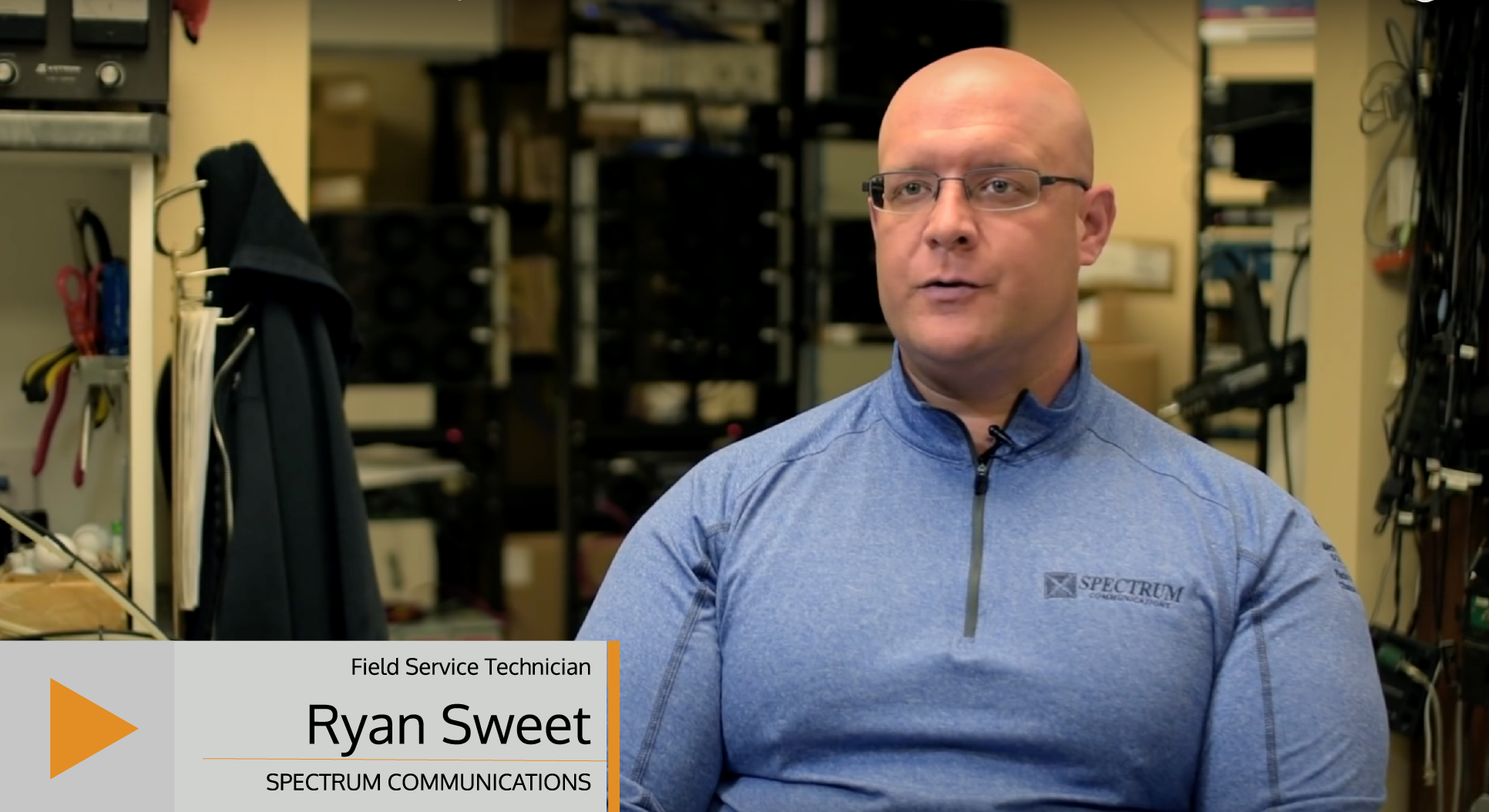We recently had the opportunity to discuss D3M with Jason Ellington, a Senior Technician for Integrated Communications Inc. Based out of Jackson, Tennessee, he has over a decade of experience in the two-way radio industry and has been a D3M power-user for almost a year. Find out how D3M saves him tons of time, new features he'd like to see and more.

What do your daily activities entail?
All of it. We design systems, stage systems, we’re in the field deploying systems and take care of emergency calls when they come in.
Who do you interact with on a daily basis?
I interact with technicians daily and sales. End users I deal with a lot as well. I’m all over the place.
Who does ICI do business with? what industries?
We have customers ranging from law enforcement to private businesses and farmers. We have customers of all types.
How does D3M compare to other tools you’ve used in the past?
We were using multiple programs – Excel, Smart Draw, Visio – things like that. Some technicians were writing down system information in books and there was no way for everybody to have access to it, which we now have that capability.
Prior to D3M, what tools were you and your dealership using to design and document two-way radio networks?
We start using D3M to engineer a system. There’s a lot of data you can enter into D3M to make the tool phenomenal. One of the problems we’ve experience in the past is identifying simple things such as what types of antennas are on vehicles, what accessories a customer has, what types of radios a customer has. D3M has made it a whole lot easier to keep track of everything.
When we deploy a large system, we may have 4 or 5 different entities on that system. One entity may have one type of radio or type of accessory and another may have a different type and we need to keep track of that. We’re using D3M to document the radio network.
When we take over systems that have been deployed by other vendors and we have to document the system, D3M gives us that capability. D3M makes it exceptionally easy, especially in the network environment when a back hall equipment room has multiple connections going everywhere and you need to know exactly where to put what. I can go in and document the site and have a technician that has never seen the site, walk in, pull up D3M and know exactly where everything is.
Who within your organization is using D3M?
Right now in our office, it is mainly me using D3M for the engineers and technicians. We have a sales individual and we will work closely together to engineer a site and the customer’s equipment. I use D3M and draw the system out.
What information within a codeplug is most relevant to you and do you store that information in D3M?
At first, D3M was tricky because you couldn’t store folders and we had so many different codeplugs that we needed the ability to store folders. Now D3M allows you to do that, so it’s a lot better. We create a template and we’ll store it in D3M (although it’s not our primary tool to manage our templates), we’ll keep it there in case anybody ever needs it.
D3M allows us to identify, per radio, what template it has in it which is key to what we do. We have several RN agencies that may have 4 or 5 different templates, especially law enforcement where you have detectives, patrolmen and swat teams that all have different templates. When we use fleet management with D3M, we’ll identify under each radio what template to use for that radio. It saves us a lot of time.
How do you manage your fleepmaps?
Each radio has an individual ID number and we manage it via ID number. Our programmer programs the radios before they even reach the customer, he loads all that information into D3M. We build the system on D3M, our sales team visits the customers, then I go out and engineer the site on D3M based on their needs. We build the system on D3M and then once we deploy the site we use D3M as a tool to enter vital critical information and map all the connections and equipment. We’re actually putting connectors in so we can know what connectors are on our transmission line all the way up to the antenna, what brands of antennas, what length of coax, everything. Then, as the subscribers’ radios come in, our programmer goes into D3M & fills in the data on the fleetmapping portion which tells us what ID numbers, serial numbers, codeplugs, firmware version each radio has. D3M is the key tool we’ve been looking for for years. We’ve been very impressed.
How many hours/days a week do you use D3M?
It really depends. Sometimes when I’m out in the field, I don’t get a chance to use it. Our programmer uses it a whole lot more than I do getting all the fleet stuff loaded in. He’s entering the data for our existing customers who are not entered into the system. Me, I’m on it about 5-6 times a week.
Does D3M save you time?
We’re trying to develop a better system on how to use D3M when we’re building a system. It is a lot easier if you’re building a new system, it’s very time saving, but if your mapping out an existing system it can be very time-consuming, but its worth in the end because it saves you so much time down the road when technicians have to go out. They can walk in and pull up D3M and see where everything is, and what it is, and know everything about the system before they’re even on scene which is great.
The data entry side is time-consuming, but where it saves us time is the references that we can use when we need information about the customer or system. That saves us a ton of time.
Do you have comments or suggestions that would help us improve D3M?
More icons. Keep adding to it. We’d like to see more vendor specific items.
What is the most significant benefit of using D3M?
Being about to pull up and see a customers’ assets. See how their system is built and put together. That information is critical. Also, the fleetmap. Being able to know how many radios a customer has. That helps us determine how many radios they have and if they have maintenance with us, it allows us to know how much to charge them. Being able to manage their fleet is critical. Before we were using an access system and spreadsheets to keep track of it. Now you can pull up D3M and see exactly what they have.
Would you recommend D3M to a friend in the industry?
I would recommend D3M to everybody!
If you were to review D3M what score would you give it out of 10?
Right now I would give it an 8. There are some things it needs to build on – having tower drawings and see what’s on the tower and a rack layout would be the next things I want to see.
What do you like best about D3M?
There are so many things I like about it! I like the whole thing. The whole program is a game changer for us.






